Deck & Commander Strategies
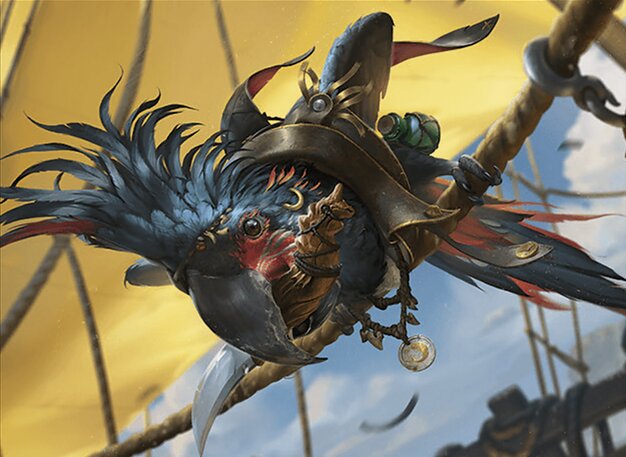
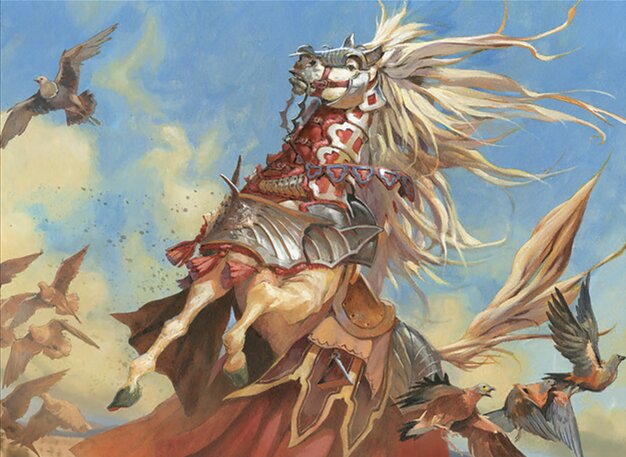
Francisco, Fowl Marauder & Keleth, Sunmane Familiar
A resilient voltron deck that focuses on building a thematic creature board representing the four horsemen of the apocalypse, supported by Lurrus of the Dream-Den to maintain pressure through resilient creatures and incremental combat damage.
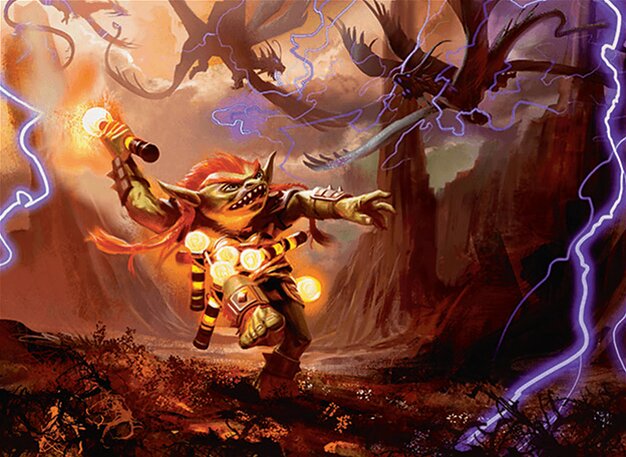
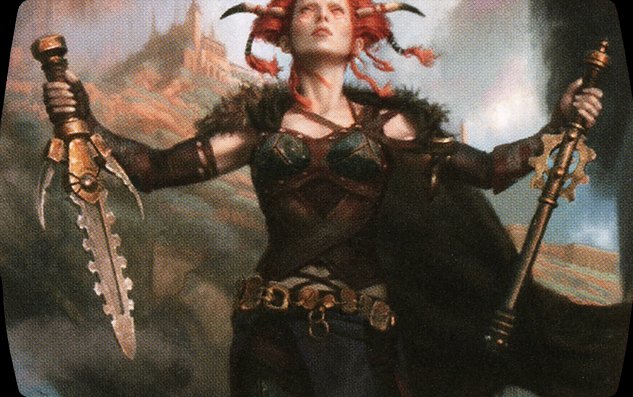
Vial Smasher the Fierce & Jeska, Thrice Reborn
A Rakdos burn deck that leverages partner synergies and Obosh, the Preypiercer companion to double damage output, focusing on casting spells that deal damage and applying aggressive burn to quickly reduce opponents' life totals.
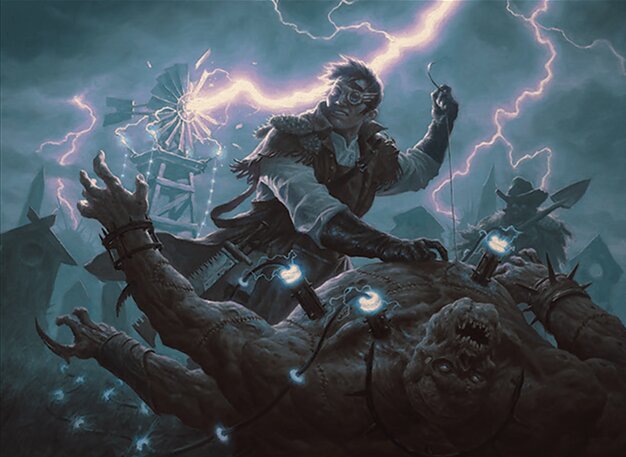
Geralf, the Fleshwright
Mono-blue spell-slinging deck that aims to cast multiple low-cost and zero-cost spells each turn to generate numerous zombie tokens, then buffs them with effects like Coat of Arms and proliferate mechanics to overwhelm opponents with a large flying zombie army.
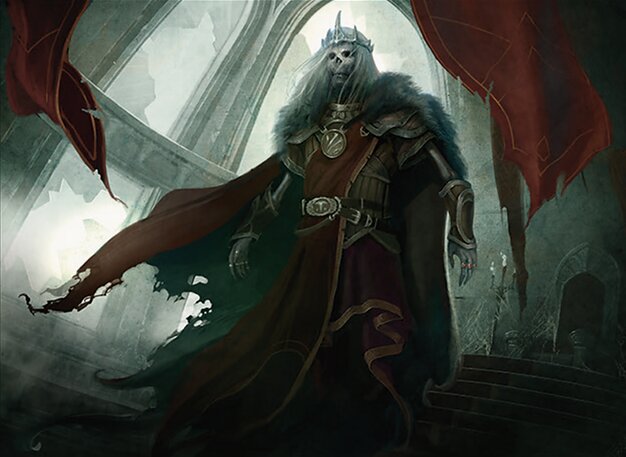
Nekusar, the Mindrazer
A wheel strategy deck that forces opponents to draw cards and lose life simultaneously, accelerating damage through forced draws and sneaking in damage when possible while hoping opponents target each other.
Gameplay Insights
- 1
The mono-blue deck’s ability to chain zero-cost spells like Mishra's Bobble to generate multiple zombie tokens quickly created significant board presence and put pressure on opponents early.
- 2
Nekusar’s forced draw and life loss effect kept everyone cautious, as each upkeep caused life loss and card draw, making it a constant source of incremental damage and potential game-ending combos.
- 3
The burn deck's use of Obosh to double damage output synergized well with Vial Smasher and Jeska, allowing spells and combat damage to be especially lethal and putting opponents on the defensive.
- 4
Lurrus as a companion in the voltron deck provided resilience by enabling the return of low-cost creatures, increasing the deck’s staying power in a game with heavy removal and burn.
- 5
Board wipes and targeted removal were prioritized to handle the growing zombie army, showing the importance of interaction in stalling or resetting the token swarm strategy before it became overwhelming.
Notable Cards
-

Vial Smasher the Fierce
-

Jeska, Thrice Reborn
-
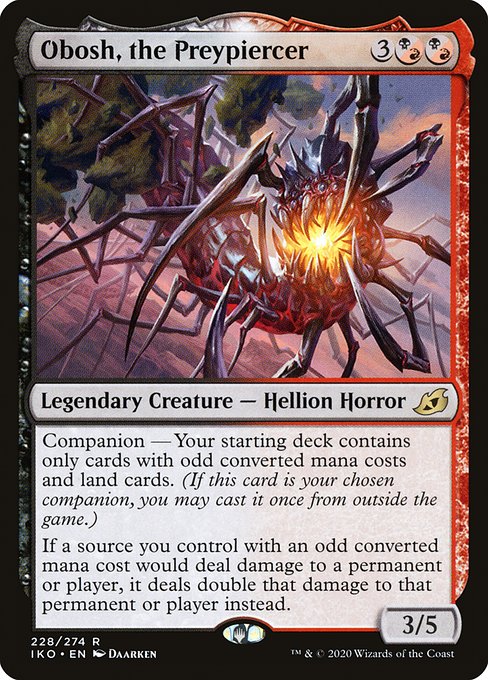
Obosh, the Preypiercer
-

Francisco, Fowl Marauder
-

Keleth, Sunmane Familiar
-

Lurrus of the Dream-Den
-

Geralf, the Fleshwright
-
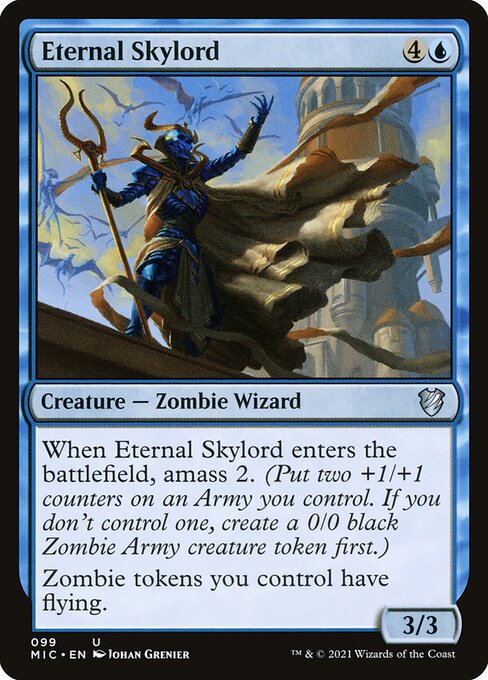
Eternal Skylord
-
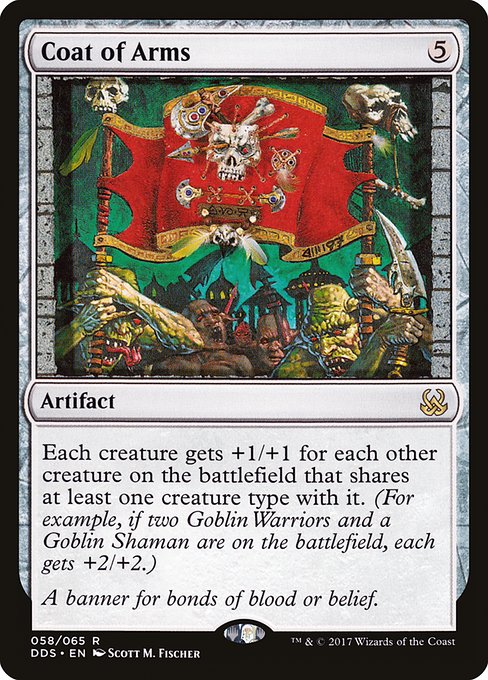
Coat of Arms
-
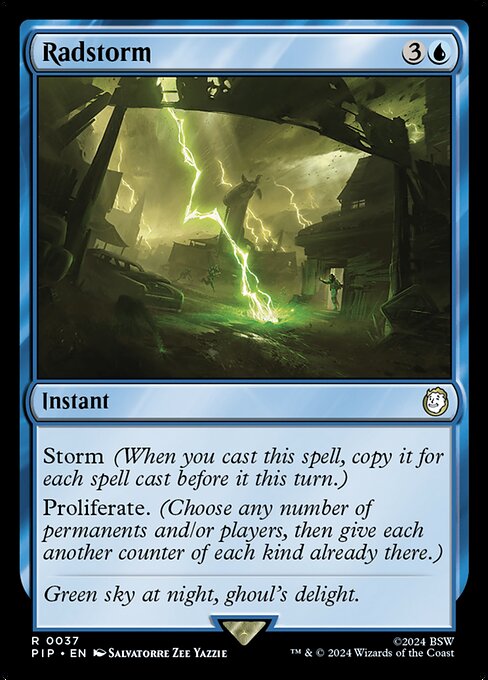
Radstorm
Gameplay Summary
The Commander game featured four players with distinct strategies: a resilient voltron deck, a Rakdos burn deck, a mono-blue zombie token deck, and a Nekusar wheel deck.
Early turns were focused on setting up mana and board presence, with the Nekusar player accelerating card draw and damage through wheel effects while the zombie deck developed a growing army of zombie tokens using cast triggers and amass mechanics.
Meanwhile, the voltron and burn decks sought to establish their aggressive threats quickly, with Vial Smasher and Jeska generating burn damage and Francisco and Keleth building a thematic and resilient creature presence supported by Lurrus. Key moments included the mono-blue Geralf player casting multiple zero-cost spells to flood the battlefield with zombies, including an Eternal Skylord that boosted their army significantly.
The Nekusar deck pressured everyone with forced card draws causing life loss, aiming to capitalize on the damage from drawing cards.
The burn deck leveraged partners and Obosh to double damage output, applying early pressure and forcing opponents to react.
The voltron deck focused on incremental combat damage with various buffs and thematic creatures representing the four horsemen, maintaining resilience through the Lurrus companion.
The gameplay balanced wheel effects, token swarms, burn damage, and combat as players jockeyed for advantage, with control of card draw and board presence proving pivotal throughout the match.
























![Blim vs Tevesh Szat vs Sakashima vs Kamahl [EDH] Commander Legends Gameplay 2020 thumbnail](https://i.ytimg.com/vi/Jv4ouFUHM3c/sddefault.jpg)






































![Commander VS S3E9: Nekusar vs Karona vs Xenagos vs Kiki-Jiki [MTG: Multiplayer] thumbnail](https://i.ytimg.com/vi/meqwIXTAv34/sddefault.jpg)












